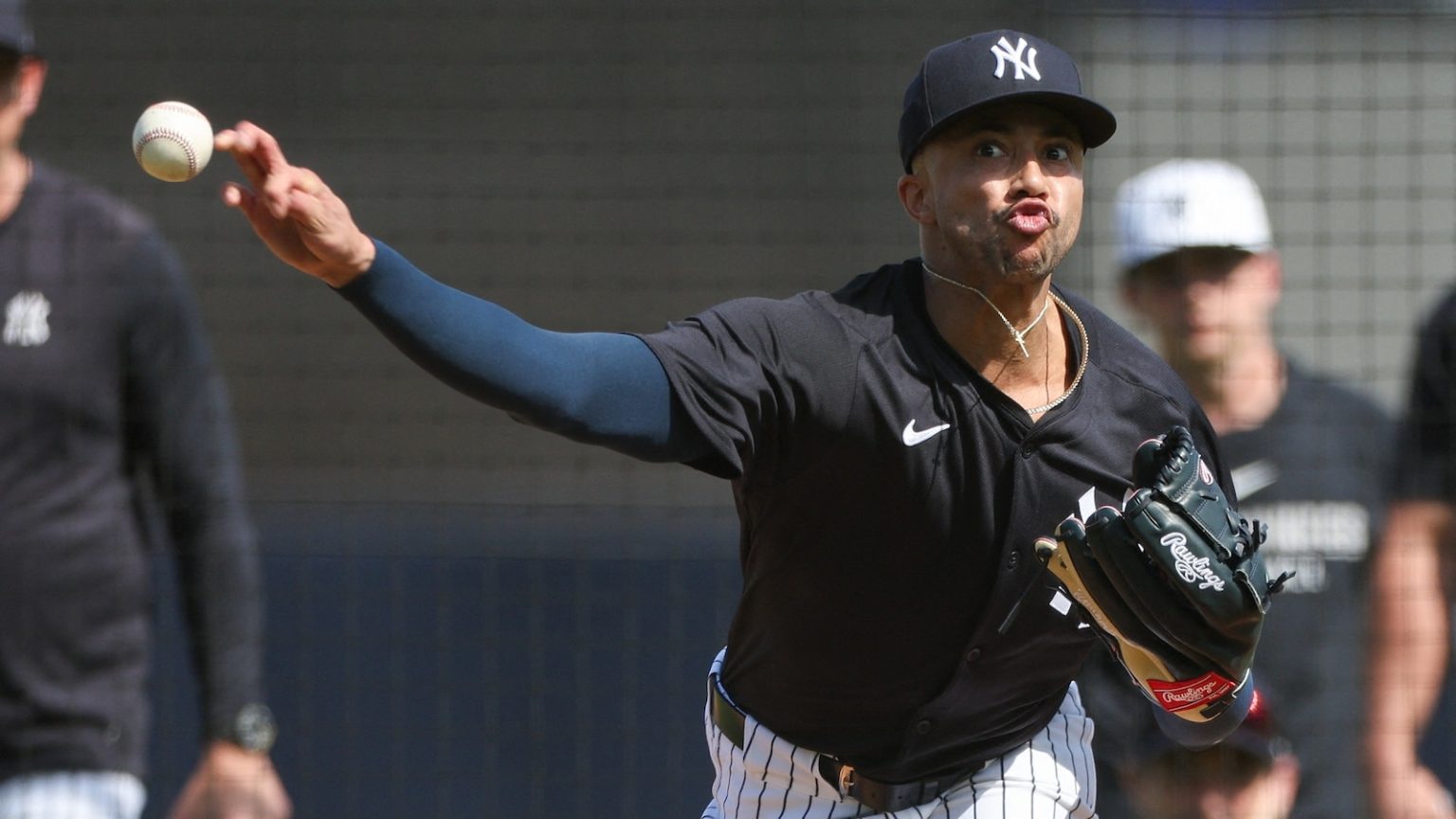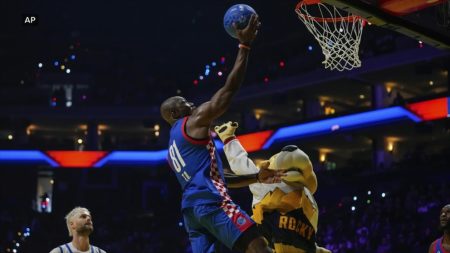The Dawn of a New Era: Yankees End Facial Hair Ban
Introduction: A Change in Tradition
In a historic move, the New York Yankees have decided to end their decades-long ban on facial hair, marking a significant shift in their iconic grooming policy. The announcement, made by Hal Steinbrenner, the team’s Managing General Partner, comes after extensive consultations with both current and former players. This change, effective immediately, allows players to sport well-groomed beards, signaling a modernization of the team’s image. The move reflects a broader cultural shift towards personal expression in sports and marks a new chapter for one of baseball’s most storied franchises.
Historical Roots: The Policy’s Origin
The no-facial-hair policy was first introduced by George Steinbrenner in 1976, shortly after he acquired the team. During that era, long hair and beards were becoming fashionable, but Steinbrenner, influenced by his military background, sought to impose a more disciplined and clean-cut image. This policy became a hallmark of the Yankees’ identity, with players adhering to strict grooming standards, including the prohibition of any facial hair below the lip.
Player Impact: Stories of Change
The policy’s enforcement had a notable impact on many players who joined the Yankees.著名 ciphertext Johnny Damon and Hall of Fame pitcher Randy Johnson are prime examples of those who had to adjust their appearance upon joining the team. Damon, known for his long hair and beard, famously shaved them off before his first season with the Yankees in 2006. Similarly, Johnson, known for his signature long locks, had to trim them upon his arrival in 2005. These stories illustrate the personal sacrifices players made to comply with the policy, highlighting its significant influence on their personal style.
The Shift: Hal Steinbrenner’s Decision
Hal Steinbrenner’s decision to relax the policy was influenced by feedback from players, both current and former, reflecting a growing desire for more personal freedom. This shift acknowledges the evolving times and the importance of player individuality. Steinbrenner emphasized that the decision was the result of careful consideration, indicating a thoughtful approach to maintaining the Yankees’ tradition while embracing modernity.
Recent Events: Devin Williams’ Case
The policy’s amendment became evident during spring training when reliever Devin Williams, a new acquisition, initially shaved his beard but later allowed it to grow back. This incident sparked curiosity about the policy’s enforcement. Williams’ discomfort with shaving, expressed in interviews, underscores the personal impact of such policies on players and the relief many feel with the new rules.
Conclusion: Embracing the Future
The Yankees’ decision to allow beards is more than a grooming change; it is a cultural shift. It reflects the team’s willingness to adapt and align with contemporary values, emphasizing player expression and individuality. While the policy’s impact on long hair remains unclear, the attention to facial hair signals a move towards modernization. This change not only updates the Yankees’ image but also signifies a step into the 21st century, where personal expression is valued. As the team evolves, this new era may enhance team morale and attract a new generation of fans, marking a significant chapter in Yankees history.









